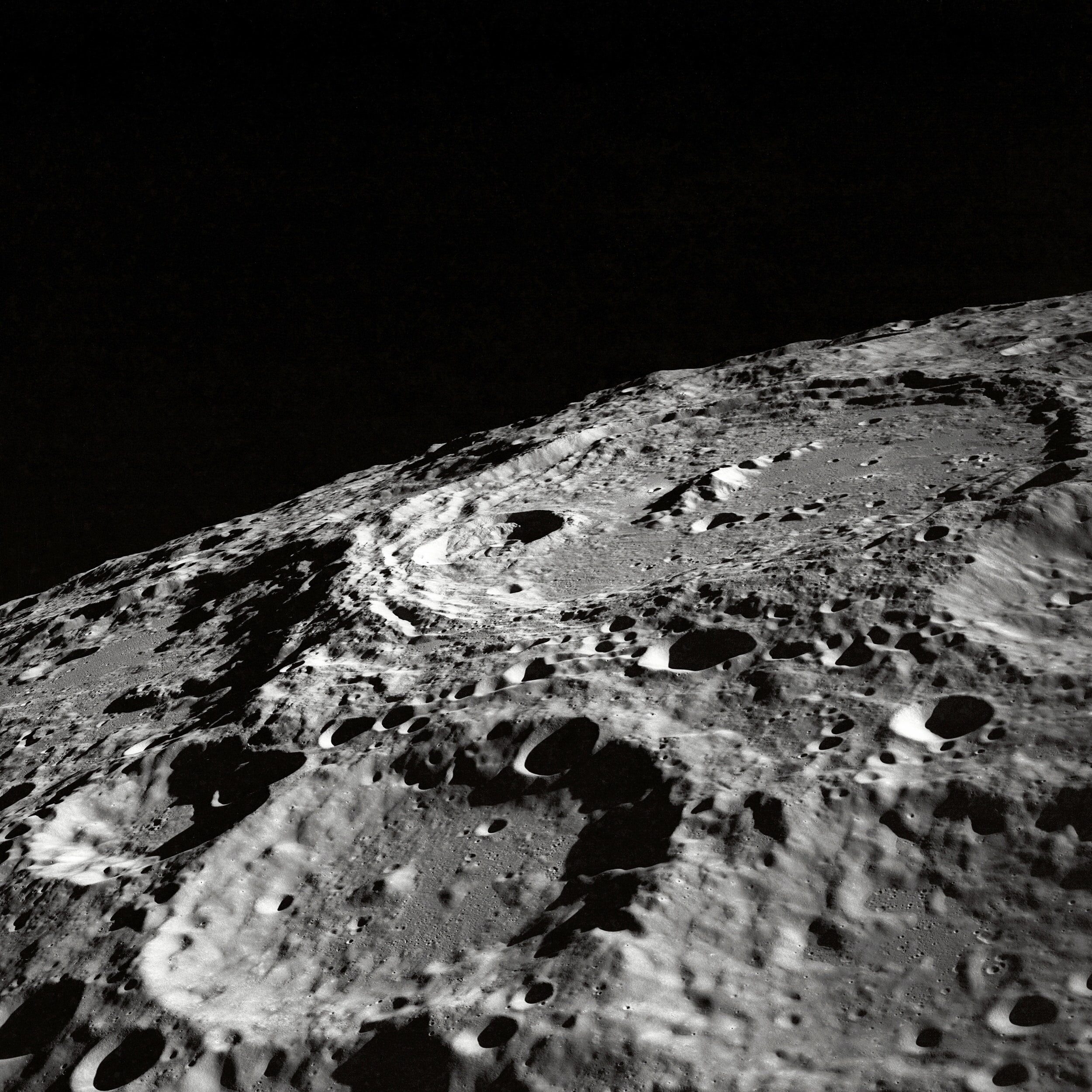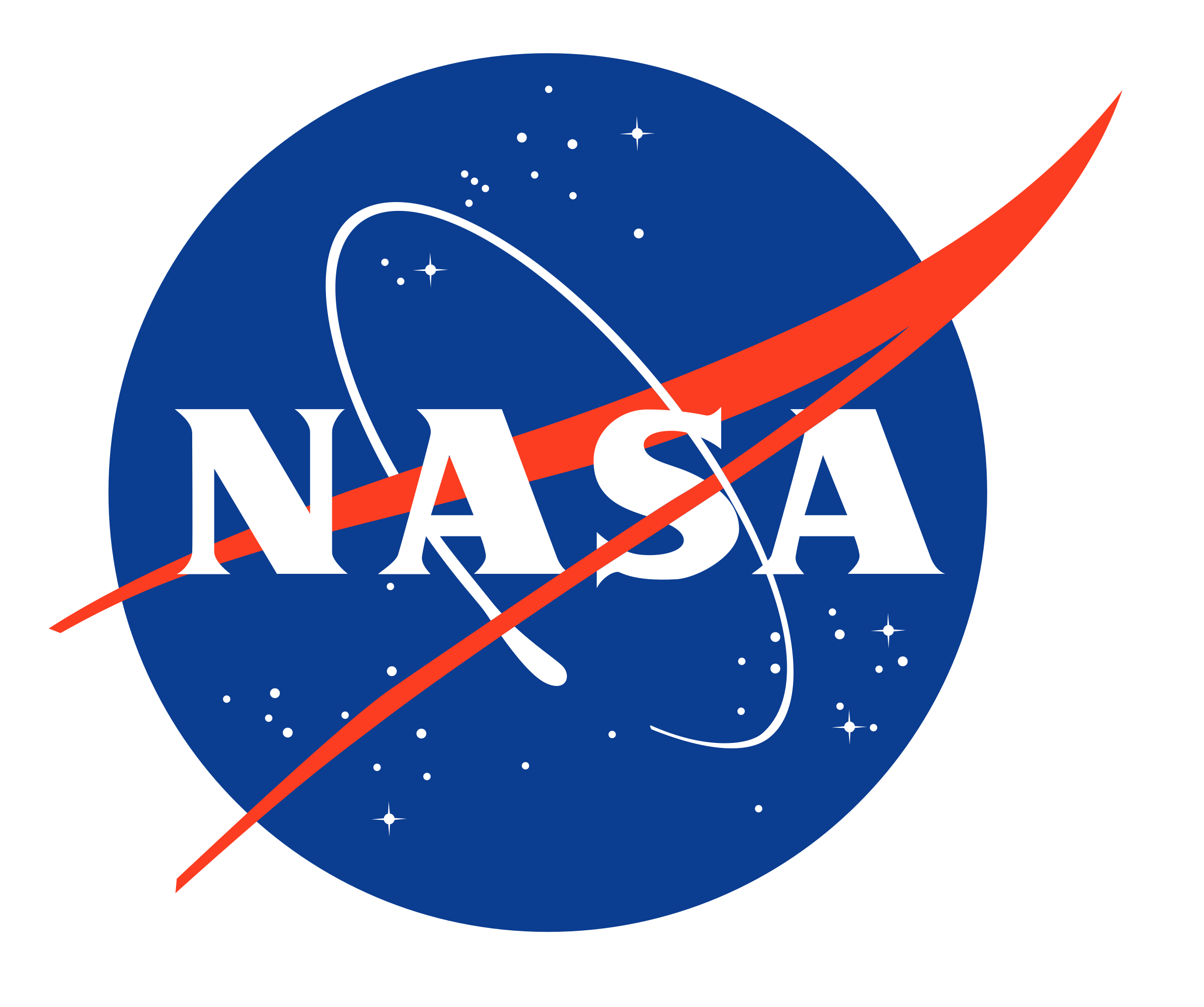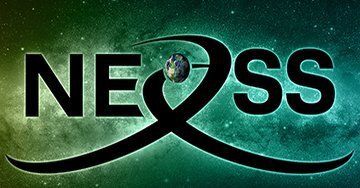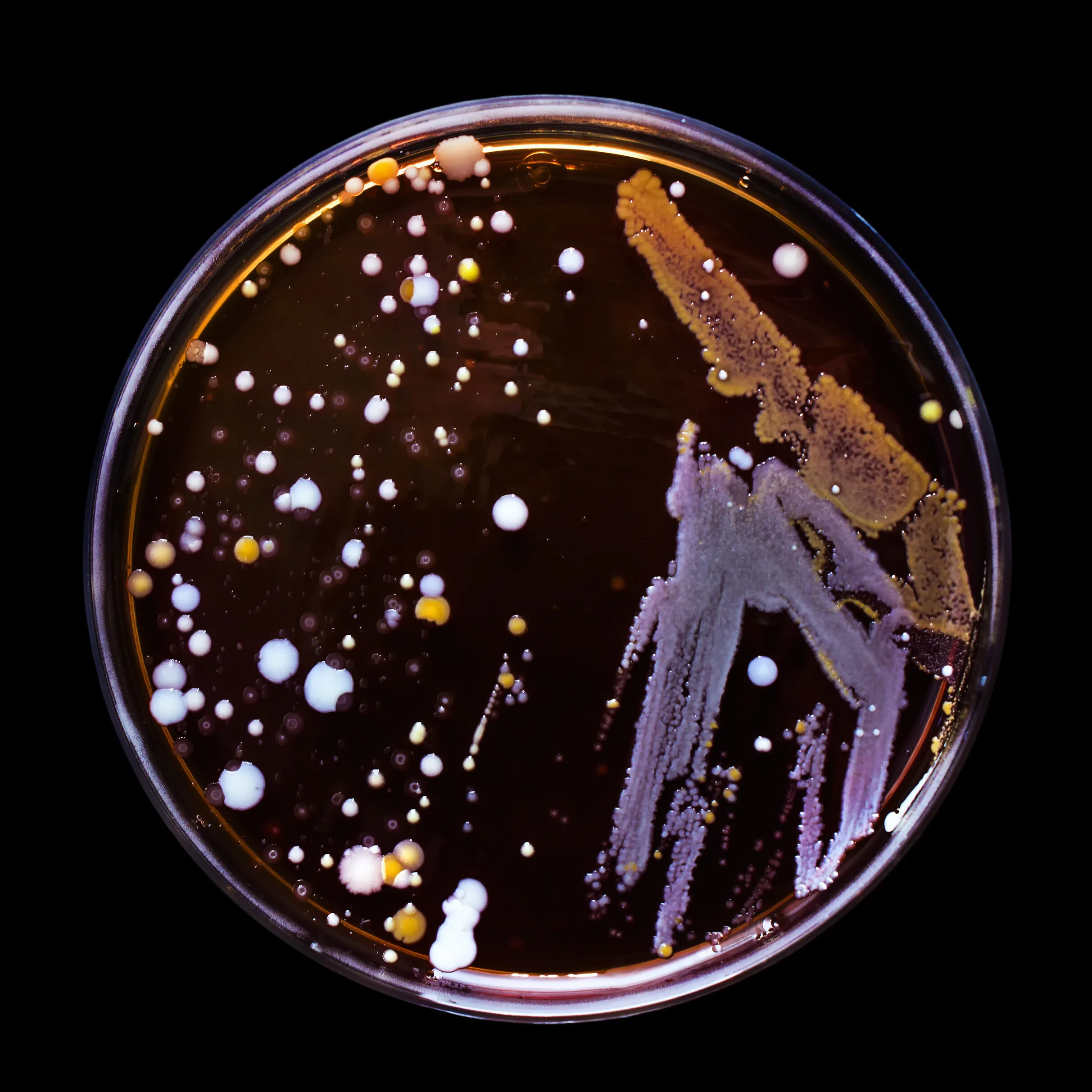
MUSE: METAL UTILIZATION AND SELECTION ACROSS EONS
We are a NASA Interdisciplinary Consortium for Astrobiology Research, tackling fundamental questions about life’s origins on Earth.
We explore key biological innovations that happened throughout Earth’s history and assess their significance in our search for life in the universe. We are based at the University of Wisconsin-Madison and part of the NASA Center for Early Life & Evolution.
Key aspects of our research program include:
Earth’s past, present and future
We focus on the evolution of metal use on Earth - specifically, the biochemistry of carbon and nitrogen acquisition throughout time. We carry out geochemical and biological investigations that involve ancient materials, modern experiments, and exploration of past and present natural systems.
Life’s metal requirements
Why does life rely heavily on certain metals, like iron, but not others like zirconium? We turn back Earth’s clock to help answer this question, which will help us retrace the path of element selection during the evolution of life on Earth, and better understand our planet’s unique form of life.
Life as we don’t know it
By uncovering the elemental foundations of early life and how evolution shaped it here on Earth, we will gain new perspectives on the broader potential for life in other worlds. Our work is key to expanding our knowledge of habitability and the possibilities for “life as we don’t know it” in worlds beyond our own.
our PROGRAM partners
Our program brings together a diverse team of researchers from across the scientific spectrum to study the evolution of metal use on Earth.
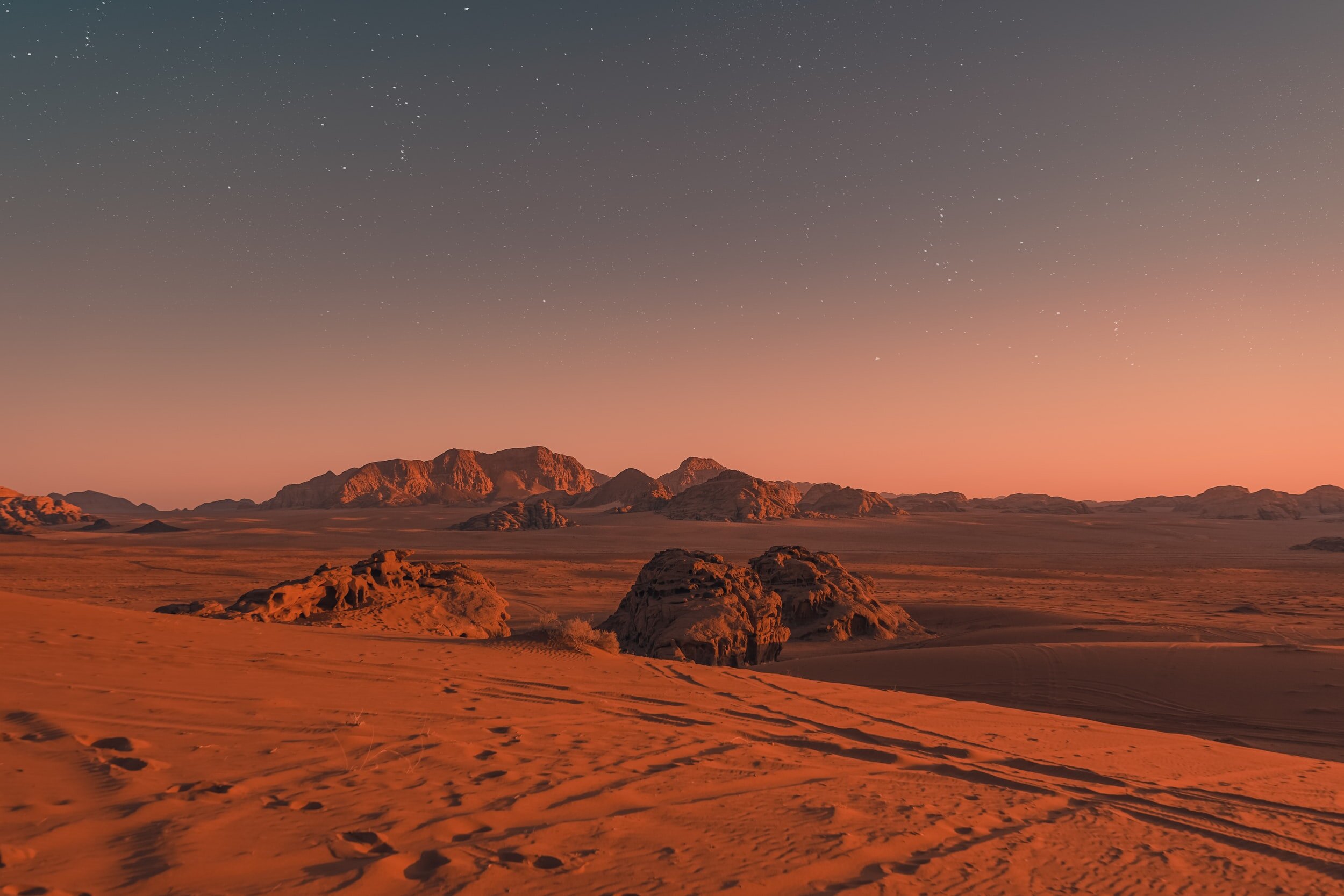
Latest News
